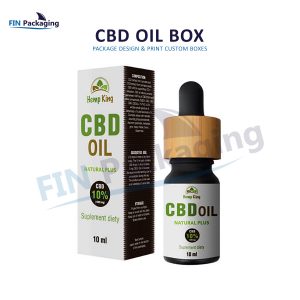Luxury Brand Fixtures And Packaging Options
Rigid boxes or product-box are inexpensive, lightweight cardboard boxes typically containing either up to seventy sheets of paper, thin stock paper, flaxseed paper, plastic, or laminate products like bubble wrap or linen. The rigid box also called the product box is a strong cardboard box made with high-density (usually 2-3 mm) chipboard, covered with decorative heavy-duty paper. They are most commonly known as premium packaging, gift-box, and setup boxes. Generally, they provide a high-quality feel which enhances the overall unboxing experience, thereby enabling greater opportunities to establish an individual brand story. Most importantly, in today's fast-moving consumer market, customer preferences are changing and you need to adapt to this change to stay ahead of your competitors.
You can
integrate additional processes into your packaging design to create a unique
box style for each individual client. With flexible packaging solutions, you
can create box styles that complement the products you are offering. This means
that instead of creating rigid boxes that function strictly as storage devices,
you can enhance the functionality of your packaging by including various
interior processes like lidding, deburring, shredding, and also adding an extra
layer of cushioning inside the lid to provide a softer experience for the
consumers. Additional processes can help you create a unique box style that
complements your brand values and image.
Lidding is
the process of closing the edges of the package with a sealing compound. It is
imperative to label each sheet of paper with the complete dimensions of the
product and its complete specifications, including product number. The most
common types of lids include snap-on lids and also die-cut lids. To further
customize and deliver a customized rigid box to the customer, you can create
die-cut inserts to add your logo and also product text or images. These are
popularly used for printing company logos and product details.
Another
type of packaging is wrapping. Wrapped packages can be designed with different
types of materials. Some materials used for wrapping are plastic, velvet,
paperboard, and also chipboard. All these materials provide a professional look
and feel to the package, but in addition, it allows extra protection for the
product. Some wrappers use different methods such as foil, glue, ribbons, and
fleece to allow more intricate and visually appealing designs.
Chipboard
is a very versatile material that can be applied for several purposes. For
instance, it is an excellent alternative for luxurious fine chocolates and
other similar luxury items. Moreover, it is also used for wrapping luxurious
ready-to-wear items, fragile gifts, and even some items that need special
handling. Chipboard sheets can be thin or thick depending on the required
thickness. The most frequently used materials in packaging are usually of high
quality and are flexible enough to meet the requirements of all types of
products.
Using
structural integrity packing option provides a better alternative to other
packaging options. It offers an extensive variety of rigid boxes and many other
packaging options suitable for luxury brands. This packaging option ensures
excellent packaging, effective protection, and high levels of protection as
well. Its features include superior protection from environmental damage,
protection against damages due to moisture and air, etc.
Besides
packaging, rigid boxes also help in the unboxing of the product. This packaging
style ensures safety during the transportation of the product. It also helps in the easy packaging of the item and therefore provides an additional advantage to
the product when compared to the traditional packaging style. You can use rigid
boxes to provide maximum protection to the product as well and increase the
chances of successful marketing of your product.
Different
types of materials are used in manufacturing various types of rigid box styles.
Some of the commonly used materials include corrugated cardboard, heavy-duty
polystyrene, cardboard, vinyl, aluminum, wood, and bubble wrap. Depending upon
the product and your budget you can choose the best material that suits your
requirement. In addition, different types of packaging can be chosen to suit the
specific requirements of a certain product.




Comments
Post a Comment